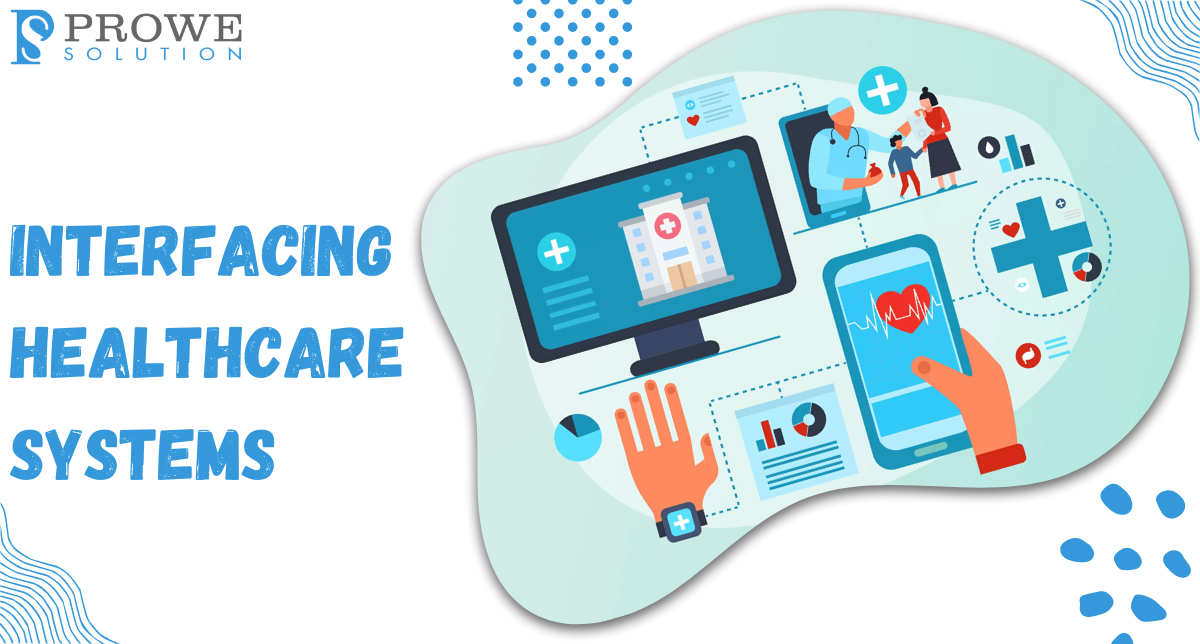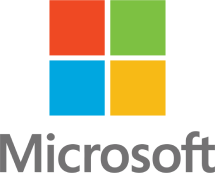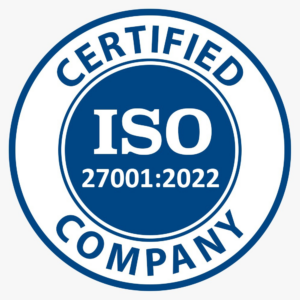In today’s rapidly evolving healthcare landscape, the seamless integration of various systems is crucial for delivering efficient and effective patient care. Interfacing healthcare systems involves connecting different software applications, devices, and databases to enable the smooth exchange of data and information. This article explores the significance of interfacing healthcare systems and presents strategies for achieving seamless integration.
Enhanced Patient Care Coordination:
The integration of electronic health records (EHRs), laboratory systems, and imaging systems allows healthcare providers to access comprehensive patient information. This enables better-informed clinical decision-making and coordinated care delivery across different healthcare settings. With all members of the care team having access to up-to-date patient data, patient outcomes and satisfaction are improved.
Streamlined Clinical Workflows:
Seamless integration streamlines clinical workflows by automating manual processes and reducing administrative burdens. For instance, integrating electronic prescribing systems with pharmacy systems enables automated medication ordering and dispensing, leading to improved medication management and adherence. Similarly, interfacing scheduling systems with billing systems optimizes appointment scheduling and enhances revenue cycle management.
Data-driven Decision Making:
Interfacing healthcare systems empowers organizations to leverage data for informed decision-making and quality improvement initiatives. By aggregating data from various sources, including clinical, operational, and financial systems, organizations can perform advanced analytics to identify trends, monitor performance metrics, and drive evidence-based practices. This data-driven approach enhances operational efficiency and strategic planning.
Adherence to Interoperability Standards:
Adhering to interoperability standards such as HL7 and FHIR ensures seamless data exchange between different healthcare applications and systems. These standards define data exchange formats and communication protocols, maintaining data security and privacy while promoting interoperability. By following these standards, healthcare organizations can achieve seamless integration and foster collaboration and information exchange.
Vendor Collaboration and Partnerships:
Collaboration with vendors and technology partners is essential for successful integration of healthcare systems. Organizations should work closely with software vendors, system integrators, and technology partners to ensure compatibility and smooth implementation of interfacing solutions. By fostering collaborative relationships, organizations can leverage expertise, resources, and support to achieve their integration goals effectively.
In conclusion, interfacing healthcare systems is essential for improving patient care coordination, streamlining clinical workflows, enabling data-driven decision-making, and promoting interoperability. By implementing strategies such as enhanced patient care coordination, streamlined workflows, adherence to interoperability standards, vendor collaboration, and user training, healthcare organizations can achieve seamless integration and unlock the full potential of interconnected healthcare IT systems.






